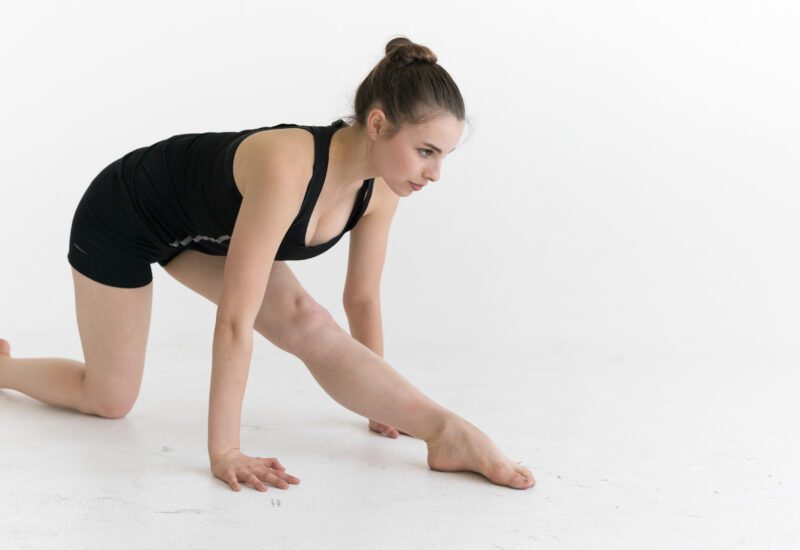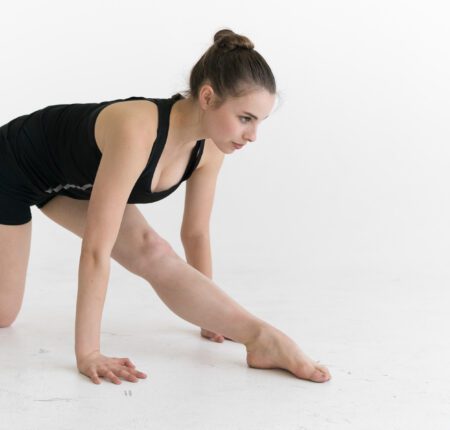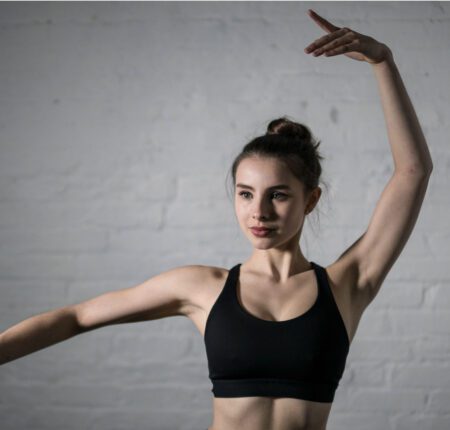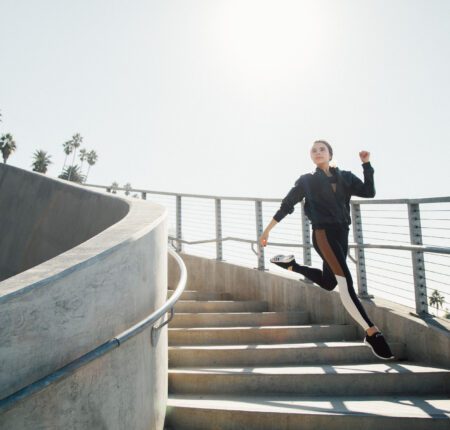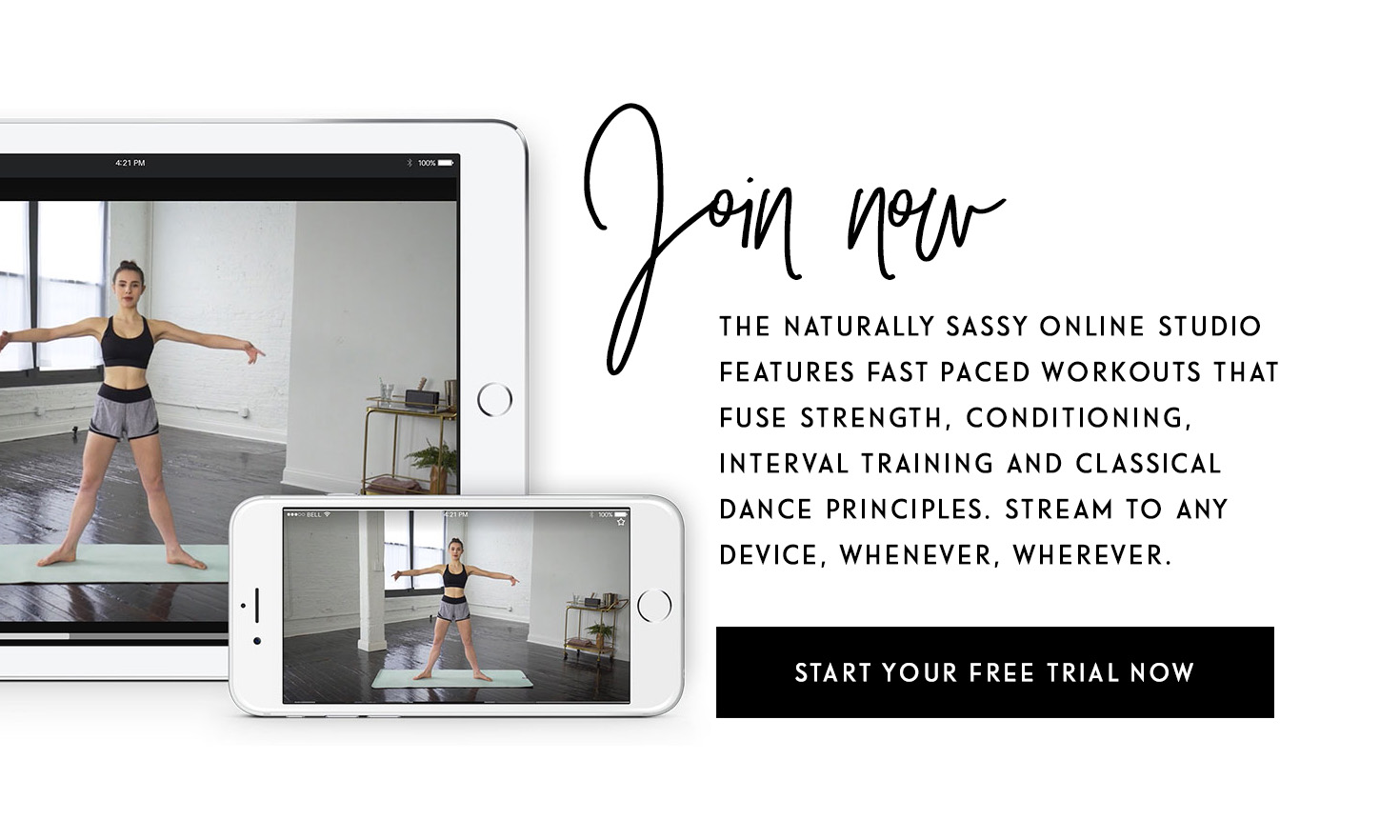Not only is stretching a vital part of training and recovery, it also helps increase long-term flexibility. Failing to stretch properly before intense exercise will inevitably lead to a decrease in performance and, at its worst, cause significant injury. But proper stretching techniques are a truly crucial skill that goes beyond injury prevention during exercise. The increased flexibility carries over into everyday life, making regular activities like walking more pleasant.
What is active stretching?
Active stretching is when you stretch simply by flexing and extending your own muscles without any additional force — you simply hold a pose that targets and focuses on using certain muscles. For example, an active stretch for the calf could simply be alternating between pointing your toes upwards and downwards. The calf muscle contracts when you point down and lengthens when you point up. When done slowly and purposefully, it creates a deep, meaningful stretch.
Active stretching is often confused with dynamic stretching, which is a repeated, controlled, movement-orientated stretch. An example of this is swinging your leg in a kicking motion, with each kick getting progressively higher to stretch your hamstring. Dynamic stretches are usually performed in warm-ups before exercises that involve a lot of intense movements, like sports or dancing.
What is passive stretching?
Passive stretching is when an external force allows you to stretch or, in other words, your muscles are being stretched. You relax your body whilst another person, an accessory, or the floor creates external pressure for you. Once in this static position, you stay in it for a set time, usually 10-30 seconds.
As well as accessories (which could be a resistance band or, less fancy, a bathroom towel), you may provide the external pressure needed for a passive stretch yourself. For instance, the standing quadriceps stretch, where you stand on one leg and bend the other, holding your heel to your glute muscle. Whilst holding this position, you should feel a stretch on the front of your thigh (quadriceps). This is a passive stretch because there is additional force from your arm pulling your leg up.
Another common passive stretch is touching your toes. In this hamstring stretch, you bend down from your waist and touch your toes while keeping your legs straight. Now, the external force is coming from the floor as your bodyweight and gravity push against it.
Ultimately, what differentiates passive stretching from active stretching is that there is an external force involved in one (passive) and not the other. This external force could be from a partner, your own bodyweight against the floor, or another part of your body taking the pressure (such as your arms holding your leg in the quadricep stretch).
Where can you start?
If you’re new to stretching, let me hold your hand through a dynamic 6 week stretch program. My 6 week program includes 10-15 minute stretch videos to repeat each day of the week. You’ll learn a range of movements during this time, which can be incorporated into your daily routine or regular workouts for years to come. Regular stretching exercises work to keep you supple and flexible, leading to fast, visible results. Learn more here.

